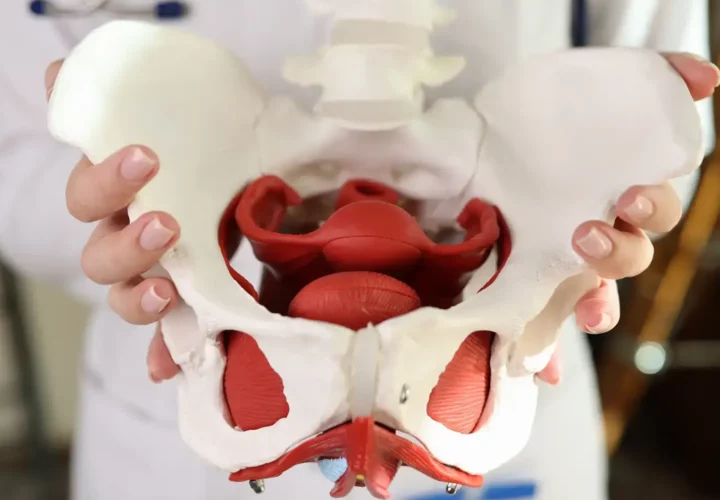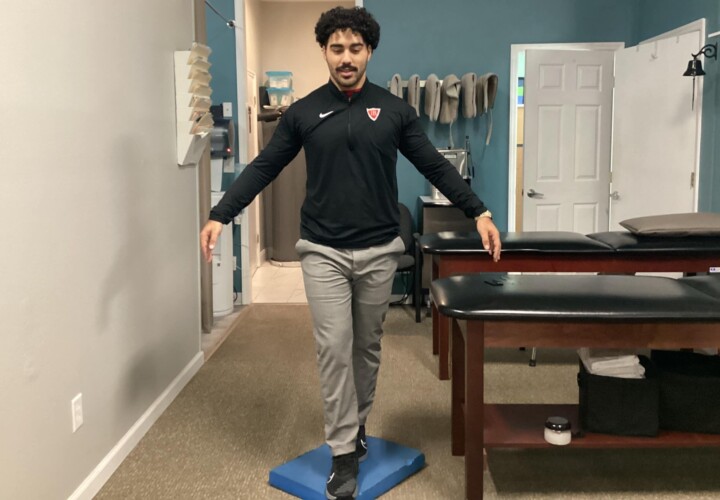Understanding Breast Cancer, Cording, and the Role of Physical Therapy
Breast cancer treatment can be a life-changing experience, not only in the fight against cancer itself but also in managing the physical side effects that follow. One common post-treatment condition many breast cancer survivors face is a phenomenon known as “cording,” also called axillary web syndrome (AWS). Cording can cause significant discomfort and limit a person’s range of motion, making recovery more challenging. However, physical therapy plays a vital role in alleviating these symptoms and helping patients regain mobility and strength.
What Is Cording?
Cording is a condition that often occurs after breast cancer surgery, particularly after procedures like a lumpectomy, mastectomy, or lymph node removal. It involves the development of tight, rope-like bands of tissue under the skin, usually in the arm, armpit, or chest. These cords can cause pain, tightness, and restricted motion, making it difficult to perform daily activities such as reaching overhead, dressing, or lifting objects.
Cording results from the disruption or damage to the lymphatic system during surgery. Scar tissue forms along the lymphatic pathways, leading to the formation of these tight bands. Though the exact cause is still not fully understood, the condition is fairly common and can occur within days, weeks, or even months after surgery.
How Physical Therapy Can Help
Physical therapy plays a crucial role in managing cording. A specialized physical therapist can work with breast cancer survivors to address the pain, tightness, and loss of mobility that cording brings. Here’s how physical therapy can help:
1. Stretching and Range of Motion Exercises
Physical therapists design specific stretching exercises to gently lengthen the tight cords and improve the range of motion. These exercises target the shoulder, arm, and chest, helping to gradually release the tension caused by cording. Over time, patients experience less pain and improved flexibility.
2. Manual Therapy
Physical therapists can use hands-on techniques like massage and myofascial release to soften the cords and improve lymphatic flow. This hands-on approach can break down scar tissue and release the tight bands, helping reduce pain and discomfort.
3. Lymphedema Management
Since cording is linked to lymphatic disruption, managing lymphatic flow is essential. Physical therapists trained in lymphedema management can use techniques like manual lymphatic drainage (MLD) and compression therapy to reduce swelling and improve circulation in the affected area.
4. Education on Proper Movement
Education is a vital part of physical therapy. Patients are taught how to move and position their bodies correctly to avoid further irritation of the cords and prevent the development of new cords. This guidance helps individuals regain confidence in their movements and reduces the risk of long-term complications.
5. Home Exercise Programs
In addition to in-clinic therapy, physical therapists provide personalized home exercise programs to reinforce progress between sessions. Regular practice of these exercises helps maintain mobility, prevent the cords from tightening, and aids in long-term recovery.
The Importance of Early Intervention
Early intervention is key when dealing with cording. Seeking help from a physical therapist as soon as symptoms of cording appear can prevent the condition from worsening and speed up recovery. The sooner a patient begins therapy, the more effective the treatment will be in restoring mobility and reducing discomfort.
Conclusion
For breast cancer survivors, cording can be a frustrating and painful post-treatment complication. However, with the right physical therapy intervention, patients can regain their mobility, reduce pain, and return to their daily lives with greater ease. At Hohman Rehab and Sports Therapy, we specialize in post-surgical rehabilitation, including treatments for cording, and we are here to support you on your road to recovery. If you or a loved one is experiencing cording after breast cancer treatment, reach out to our team to learn more about how physical therapy can help.
By addressing the physical challenges of breast cancer recovery with personalized care, physical therapy is an essential part of healing and regaining strength.
Contact Us Today
Hohman Rehab and Sports Therapy
236 Mohawk Road, Clermont, FL 34715
11095 W. Colonial Drive, Ocoee, FL 34761
Phone: 855-404-6908
Fax: 352-404-6909
Let us help you on your journey to recovery!




